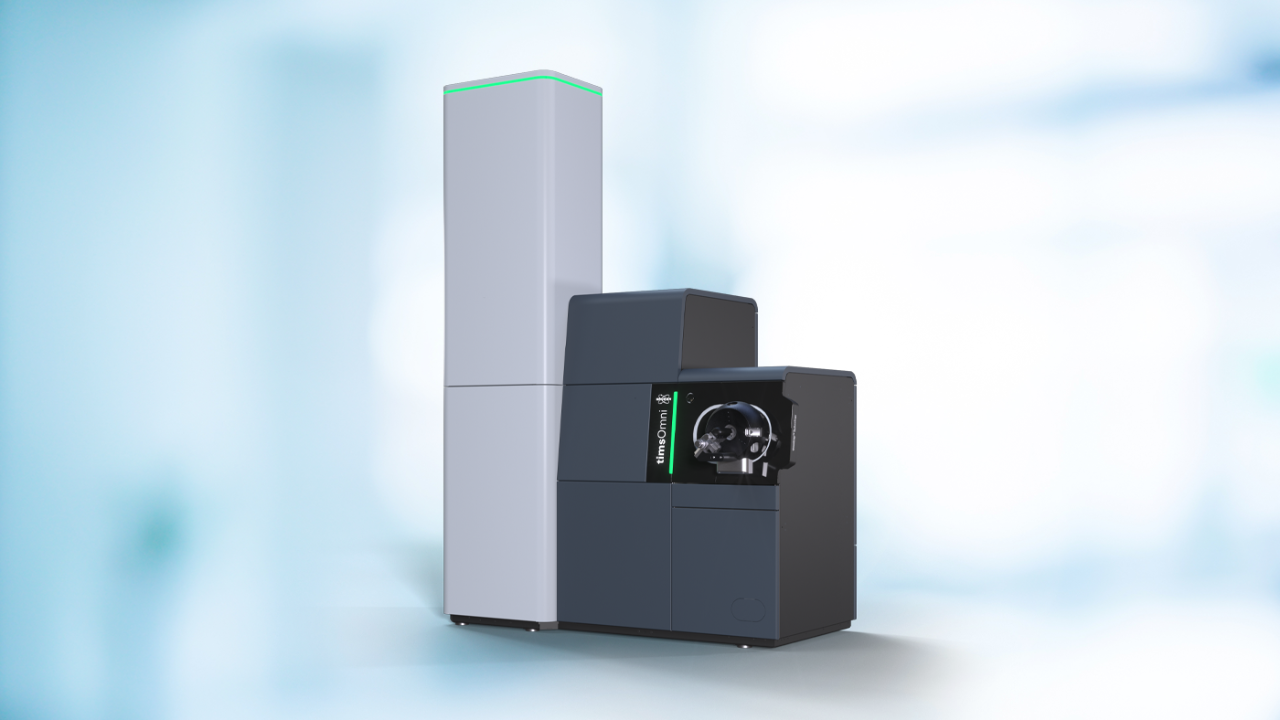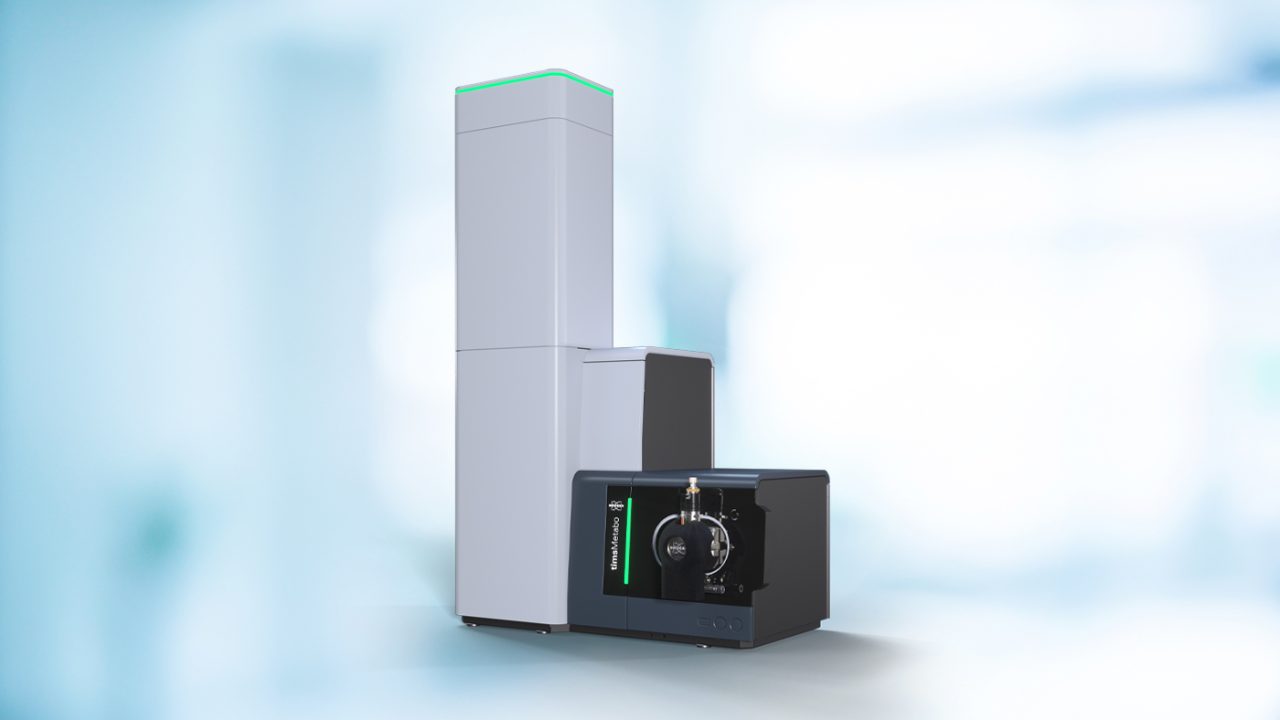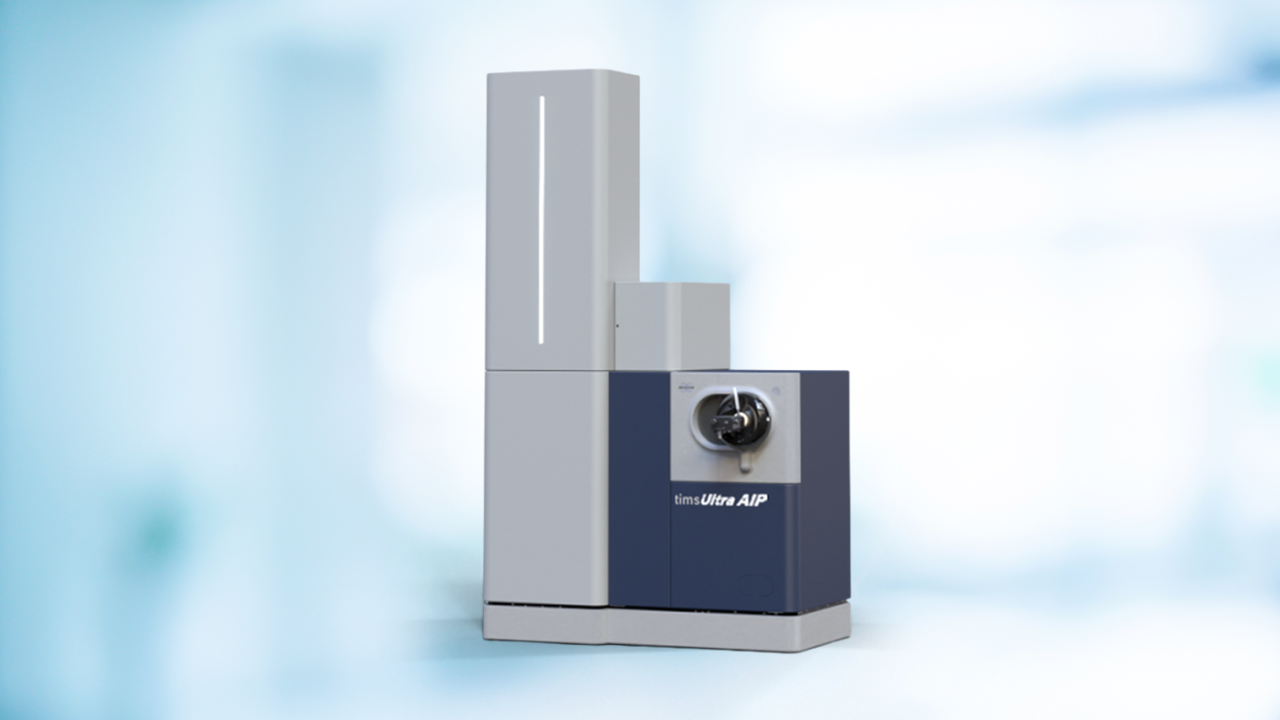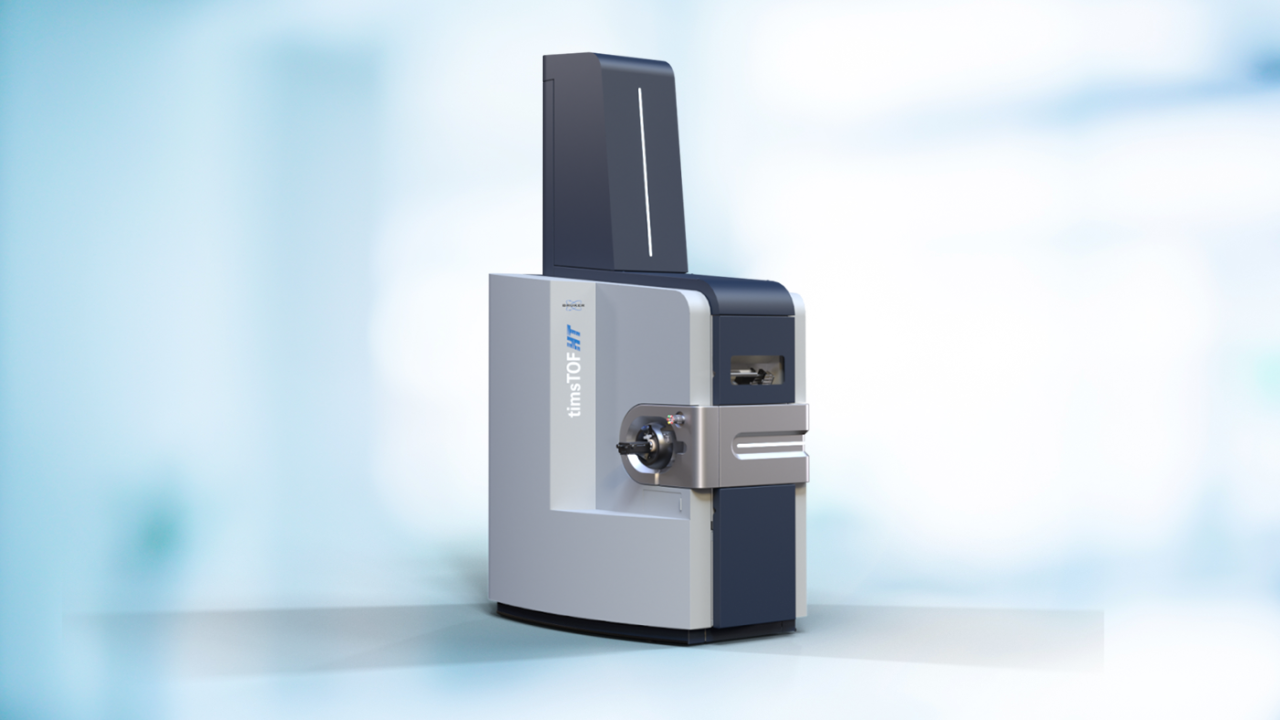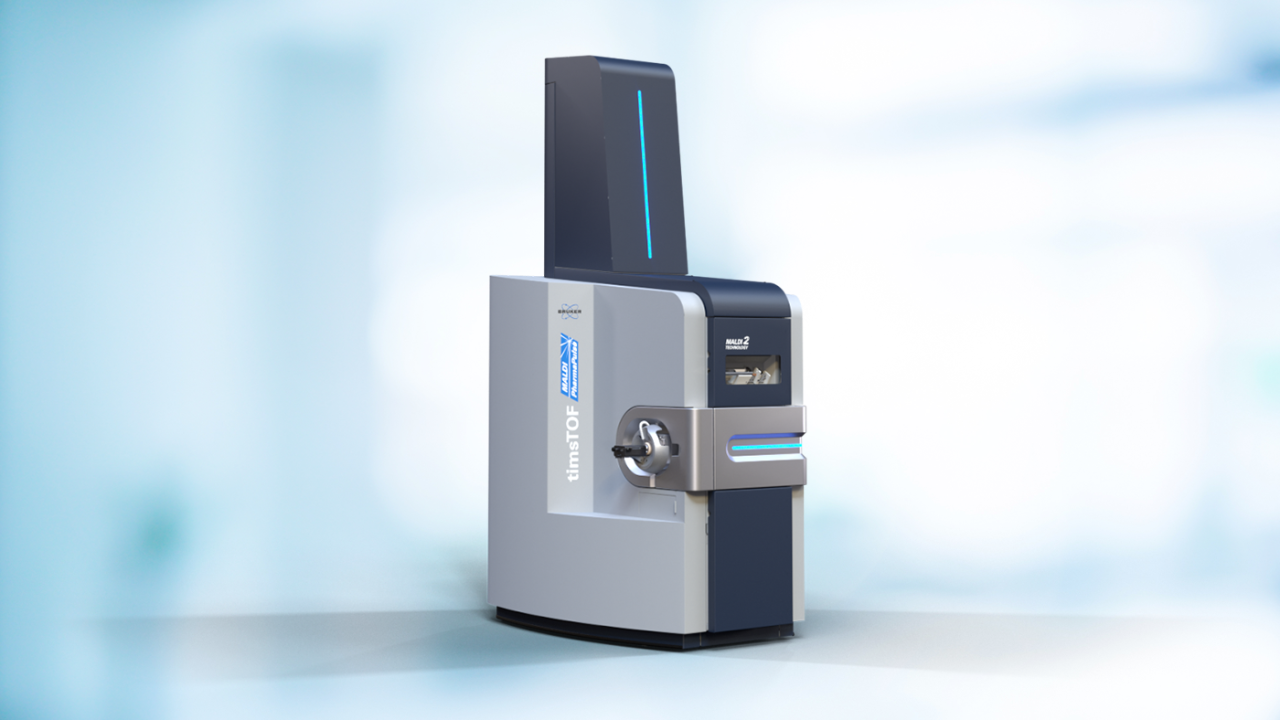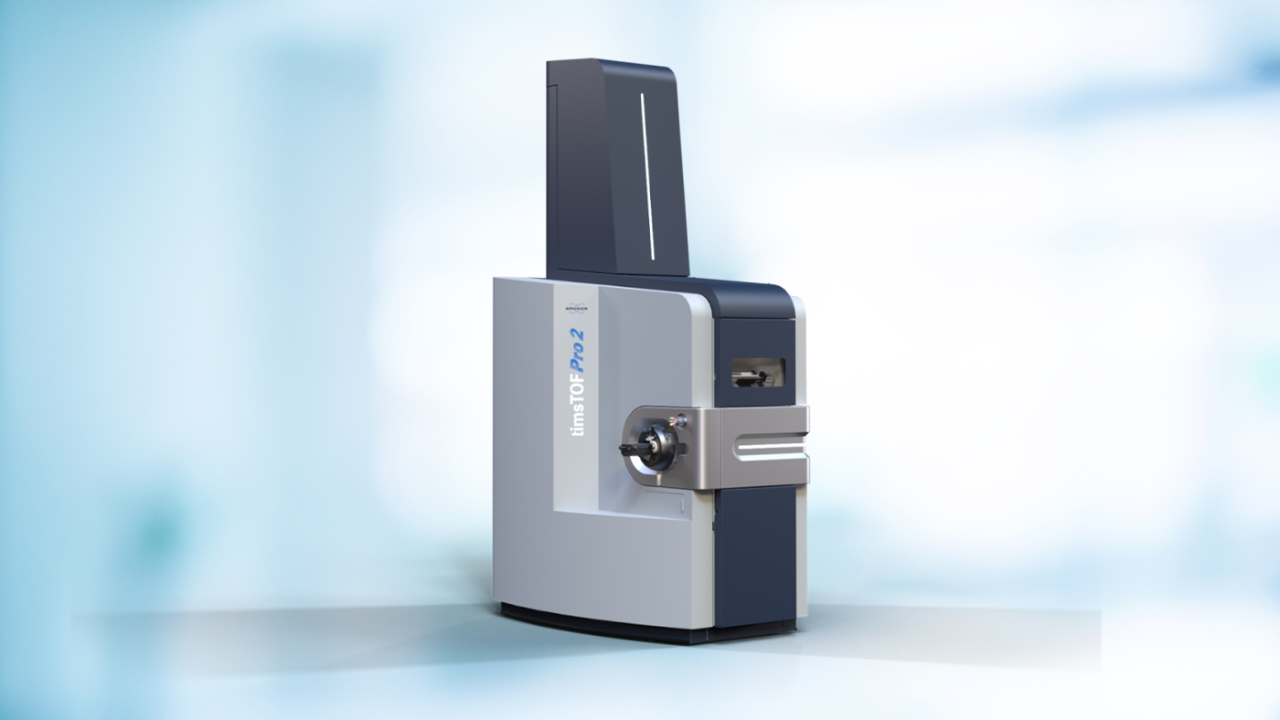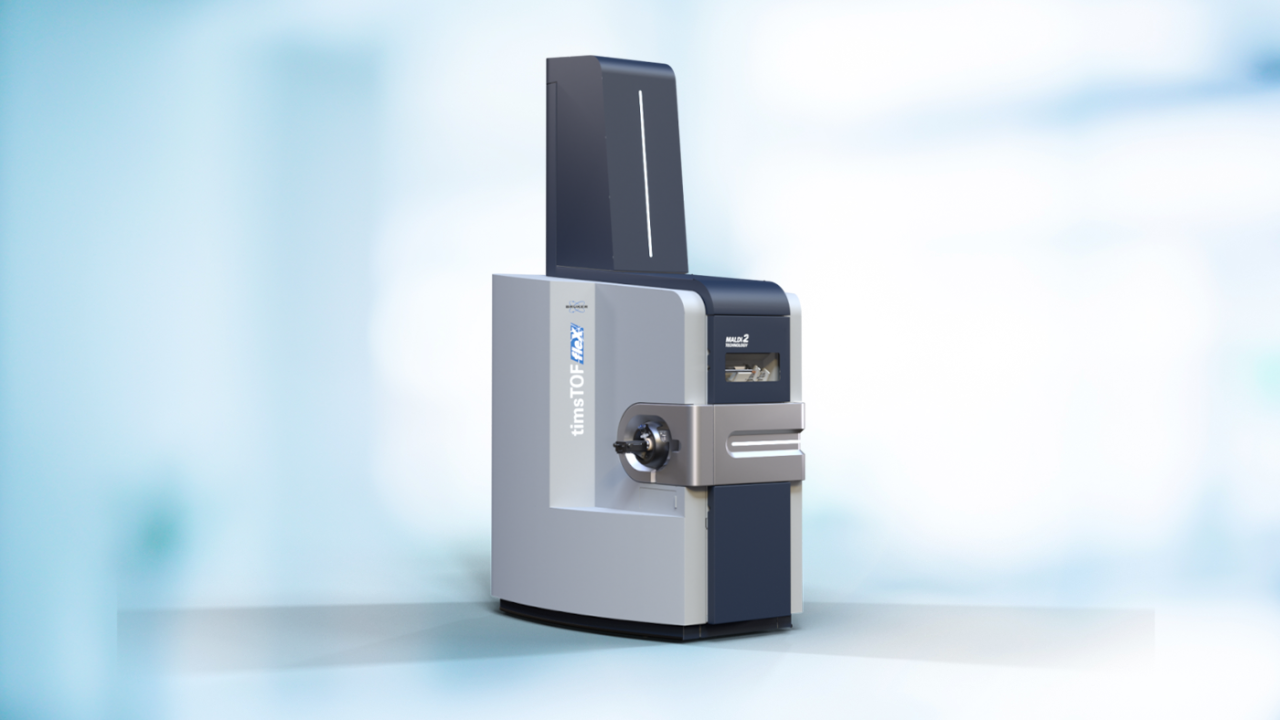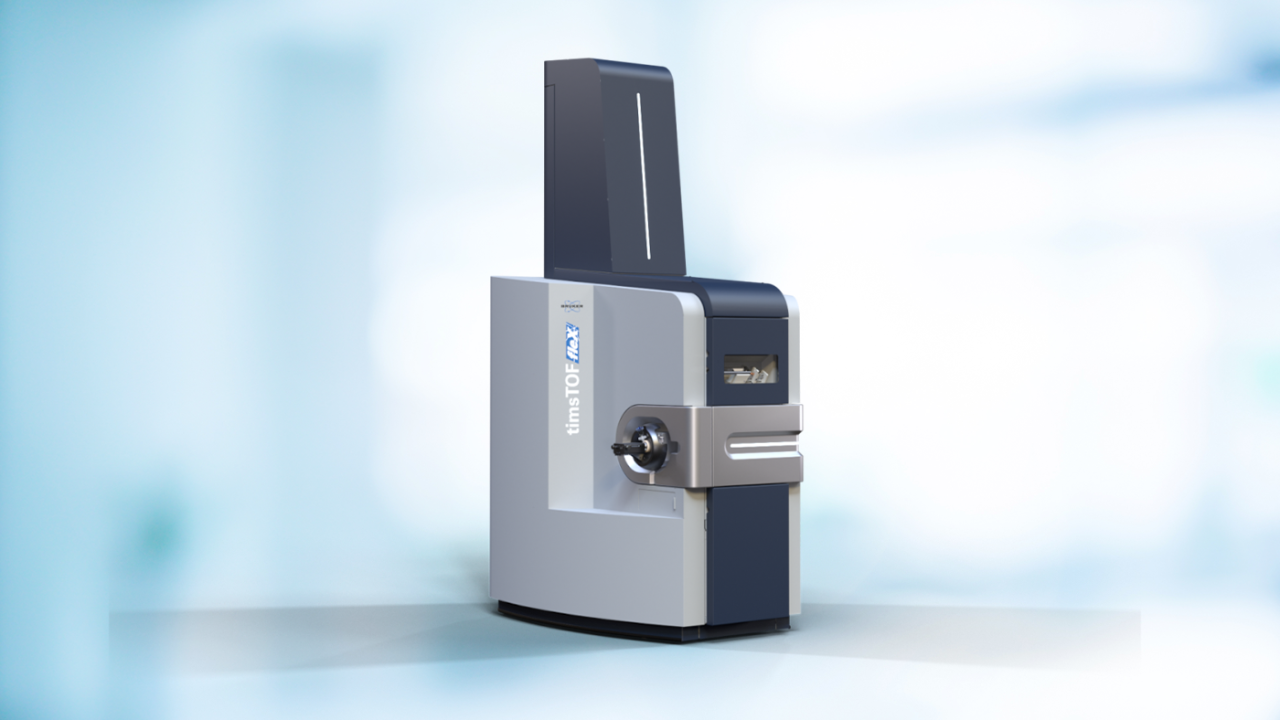

Trapped Ion Mobility Spectrometry (TIMS)
Trapped Ion Mobility Spectrometry (TIMS)
Ion mobility spectrometry (IMS) is a powerful analytical technique that has been widely applied over the last five decades, primarily in chemical physics and analytical chemistry applications. Only relatively recently has the potential of IMS coupled to MS (IMS-MS) been explored for the separation, identification and quantification of peptides and proteins.
timsTOF Technology
Trapped Ion Mobility Spectrometry (TIMS) is an IMS technique where ions are propelled through the TIMS tunnel by a gas flow. An electrical field controls each ion from moving beyond a position defined by the ion’s mobility, where the push it experiences from the gas flow matches the force of the electrical field. Ramping down the electrical field allows selectively releasing ions from the TIMS tunnel according to their mobility.
By incorporating a TIMS device at the front of a quadrupole time-of-flight (QTOF) mass spectrometer, ions can be accumulated for a specific amount of time before being released for MS analysis. Using the PASEF® method, peptide ions are separated using TIMS, eluted (~ 100 ms) and detected in the QTOF, generating the TIMS MS heat map. In the PASEF® method, the same TIMS separation is used with the quadrupole isolating a certain ion species during its elution and immediately shifting to the next precursor. Parent and fragment spectra are aligned by mobility values.
TIMS
Trapped Ion Mobility Spectrometry (TIMS) is an IMS separation technique in gas phase, which resolves sample complexity with an added dimension of separation in addition to HPLC and mass spectrometry, increasing peak capacity and confidence in compound characterization. Equally as important, the TIMS device also serves to accumulate and concentrate ions of a given mass and mobility, enabling a unique increase in sensitivity and speed along with the additional dimension of separation.
A near 100% duty cycle for high sensitivity, high speed shotgun proteomics can now be achieved with the dual TIMS technology. The novel design allows for ions to be accumulated in the front section, while ions in the rear section are sequentially released depending on their ion mobility. This process is called Parallel Accumulation Serial Fragmentation, or PASEF®.
PASEF®
With speed in mind, Bruker experts redesigned MS/MS technology to meet the requirements of shotgun proteomics. With PASEF® technology >100 Hz sequencing speed can be achieved, and the MS/MS spectra quality of low abundant peptides can be increased by selecting them several times.
timsTOF - More insights into the technology
timsTOF Applications
Bruker’s timsTOF solutions accelerate diverse research applications, providing confidence and clarity to identify and quantify challenging compounds.
For Research Use Only. Not for use in clinical diagnostic procedures.
